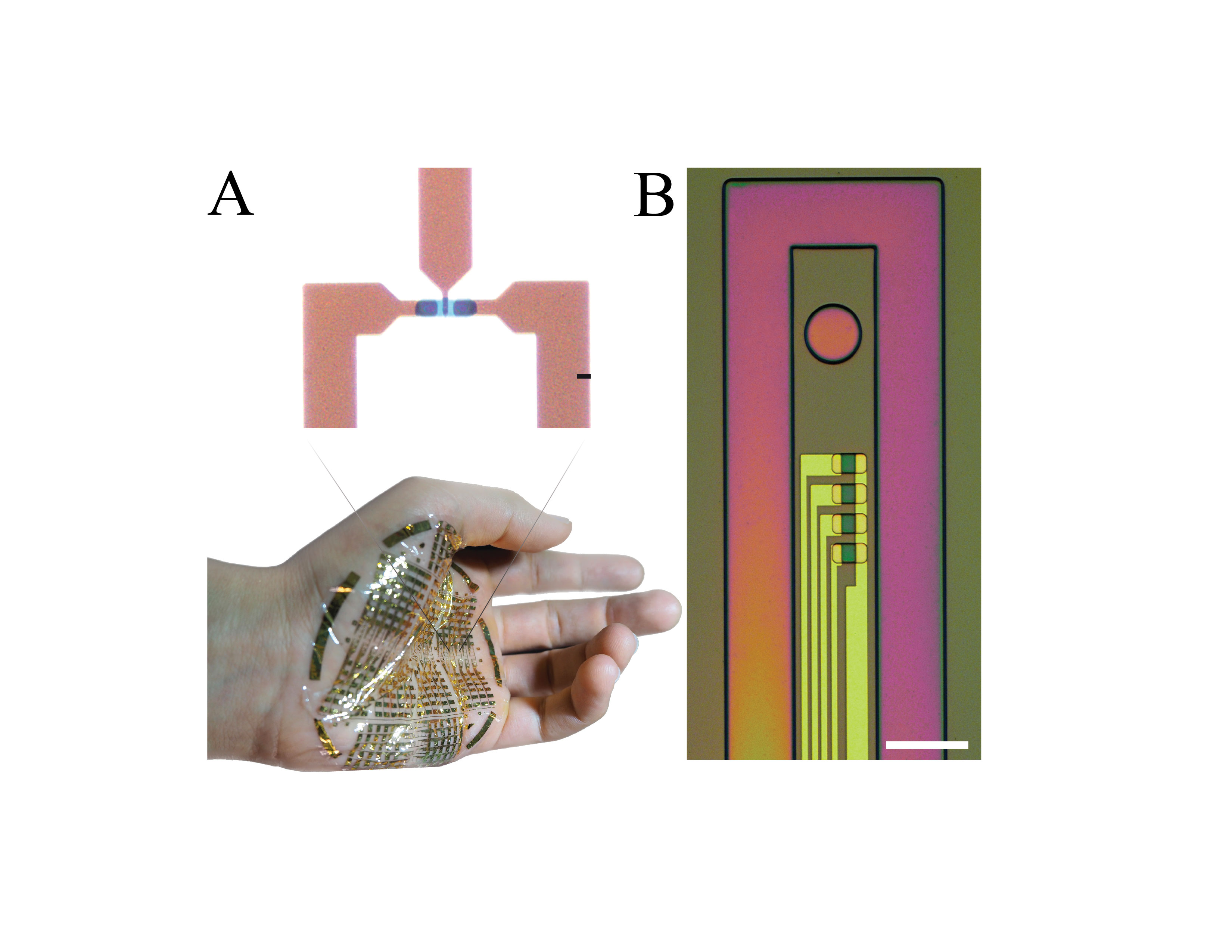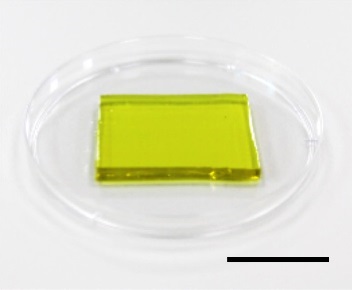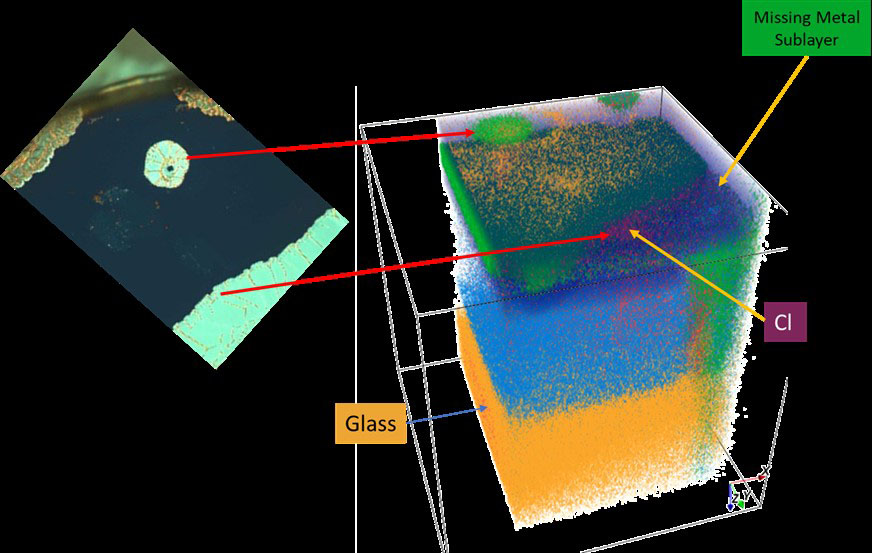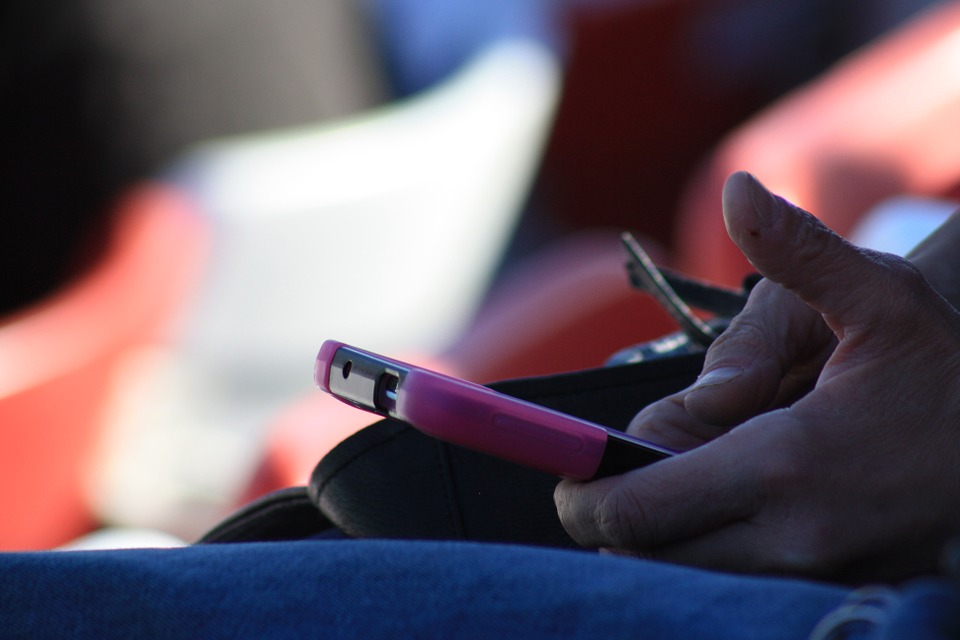Scientists have demonstrated “multielement ink” – the first “high-entropy” semiconductor that can be processed at low-temperature or room temperature. The new material could enable cost-effective and energy-efficient semiconductor manufacturing.
Tag: Electronic Devices
Professor receives grant to develop electronic devices made entirely of paper
A professor at Binghamton University, State University of New York has received a $400,000 grant from the National Science Foundation to develop electronic devices made entirely of paper.
Researchers tune thermal conductivity of materials ‘on the fly’ for more energy-efficient devices
A team led by University of Minnesota Twin Cities researchers discovered a new method for tuning the thermal conductivity of materials, achieving a record-high range of tunability that will open a door to developing more energy-efficient and durable electronic devices.
Informed by mechanics and computation, flexible bioelectronics can better conform to a curvy body
Today, foldable phones are ubiquitous. Now, using models that predict how well a flexible electronic device will conform to spherical surfaces, University of Wisconsin–Madison and University of Texas at Austin engineers could usher in a new era in which these bendy devices can integrate seamlessly with parts of the human body.
Novel architecture can reduce noise-induced jitters in digital technology
The efficacy and efficiency of modern electronic devices often depend on their signal noise and jitter.
Bionic fingers create 3D maps of human tissue, electronics, and other complex objects
What if, instead of using X-rays or ultrasound, we could use touch to image the insides of human bodies and electronic devices?
Blocking radio waves and electromagnetic interference with the flip of a switch
Researchers in Drexel University’s College of Engineering have developed a thin film device, fabricated by spray coating, that can block electromagnetic radiation with the flip of a switch.
Tobacco use, incidence of adverse oral health outcomes
This nationally representative cohort study found associations of current combustible tobacco use with the incidence of adverse oral health outcomes and also found an association between current electronic nicotine delivery systems use and the incidence of bleeding after brushing or flossing.
LED Material Shines Under Strain
A team led by researchers at Lawrence Berkeley National Laboratory (Berkeley Lab) and UC Berkeley has demonstrated an approach for achieving LEDs with near 100% light-emission efficiency at all brightness levels.
Nikhil Tiwale: Practicing the Art of Nanofabrication
Applying his passions for science and art, Nikhil Tiwale—a postdoc at Brookhaven Lab’s Center for Functional Nanomaterials—is fabricating new microelectronics components.

Cartoon Network and Cyberbullying Research Center Release First-Ever National Research Findings on Cyberbullying Among Tweens
A survey of 1,034 tweens found that one in five (21%) tweens have experienced cyberbullying in some way: either by witnessing cyberbullying (15%), having been cyberbullied themselves (15%), or by cyberbullying others (3%). The survey also found that during the coronavirus pandemic, 90% of all 9- to 12-year-olds are using social apps, such as connected games and video-sharing sites in which they interact with others online.
Bio-based communication networks could control cells in the body to treat conditions
Scientists have found a method for electronic devices to communicate with biological cells, paving the way for smart implantable devices. They will present their results today at the American Chemical Society Fall 2020 Virtual Meeting & Expo.

Quantum Materials Quest Could Benefit From Graphene That Buckles
Graphene, an extremely thin two-dimensional layer of the graphite used in pencils, buckles when cooled while attached to a flat surface, resulting in beautiful pucker patterns that could benefit the search for novel quantum materials and superconductors, according to Rutgers-led research in the journal Nature. Quantum materials host strongly interacting electrons with special properties, such as entangled trajectories, that could provide building blocks for super-fast quantum computers. They also can become superconductors that could slash energy consumption by making power transmission and electronic devices more efficient.

Two Steps Closer to Flexible, Powerful, Fast Bioelectronic Devices
Led by Biomedical Engineering Prof Dion Khodagholy, researchers have designed biocompatible ion-driven soft transistors that can perform real-time neurologically relevant computation and a mixed-conducting particulate composite that allows creation of electronic components out of a single material. These have promise for bioelectronic devices that are fast, sensitive, biocompatible, soft, and flexible, with long-term stability in physiological environments such as the human body. In particular, they could facilitate diagnosis and monitoring of neurological disease.

A new way to cool down electronic devices, recover waste heat
Using electronic devices for too long can cause them to overheat. Now, researchers reporting in ACS’ Nano Letters have developed a hydrogel that can both cool down electronics, such as cell phone batteries, and convert their waste heat into electricity.

Improving Optical Characteristics of Thin Glass
In recent years, glass has become an important part of our day-to-day lives, acting as a physical boundary between humans and digital information and communication. At the AVS 66th International Symposium and Exhibition, Albert Fahey, an associate scientist at Corning Incorporated, will present on the methods scientists use to study the chemical and mechanical properties of glass and other optical surfaces, how they are working to better understand these surfaces and their limits, and what new things are being done to improve user friendliness.

SMH! Brains trained on e-devices may struggle to understand scientific info
Overuse of electronic devices is no “LOL” matter, according to researchers, who suggest that excessive interaction with e-devices may be related to weaker activity in areas of the brain that are key to understanding scientific texts.